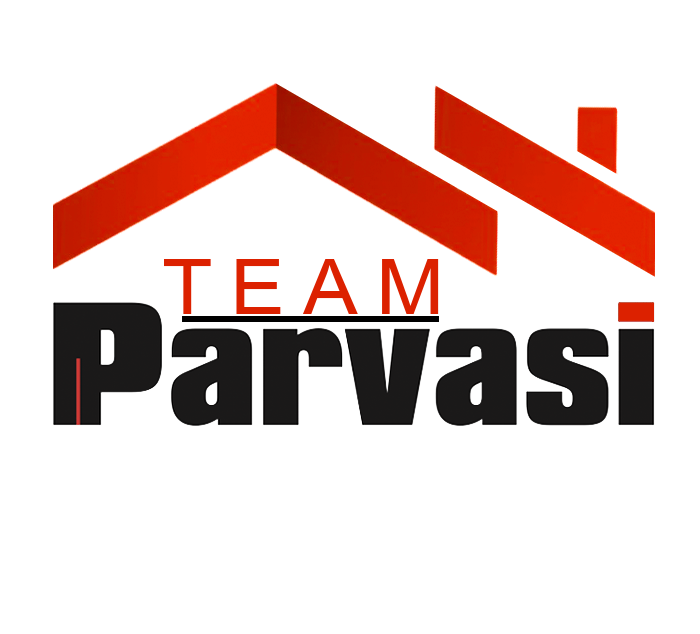
Firearm Buyback Program Faces Scrutiny After $67.2M Spent, No Guns Collected
Launched in response to Canada’s deadliest mass shooting in Nova Scotia in 2020, which left 22 people dead, the buyback program was designed to remove assault-style firearms from circulation.
The Canadian government’s firearm buyback program has sparked controversy after revelations that it has cost taxpayers $67.2 million since its announcement in 2020, yet not a single firearm has been collected. The program, introduced by the Liberal government, aims to compensate owners of assault-style firearms that were banned in 2020, but delays and lack of clarity have frustrated both gun owners and opposition leaders.
Launched in response to Canada’s deadliest mass shooting in Nova Scotia in 2020, which left 22 people dead, the buyback program was designed to remove assault-style firearms from circulation. The government estimates there are about 150,000 prohibited firearms in Canada, and gun owners have until October 2025 to surrender, deactivate, or dispose of these weapons. However, after four years, many details of the program remain murky.
So far, $56.1 million has been spent by Public Safety Canada, with an additional $11.1 million from the RCMP. Out of this, $11.5 million has gone to external consultants for software development, logistics, and communication services—expenditures that have raised eyebrows among opposition lawmakers.
Senate opposition leader Donald Plett has been a vocal critic of the program, calling it a “boondoggle” that targets law-abiding gun owners rather than criminals. “$67 million is an incredible, shocking amount of money to spend on a program that doesn’t yet exist,” Plett said in a statement to CTVNews.ca. He specifically took issue with the $11 million paid to external consultants, urging the government to release the details of these contracts to the public.
In response, government Senate representative Marc Gold acknowledged that the program has seen delays but emphasized its importance for public safety. “This government’s position on its firearm legislation and its work to launch its firearms buyback program are centerpieces of its concern for the well-being of Canadians,” Gold said, defending the ongoing efforts.
Similar stories













Comments are closed.